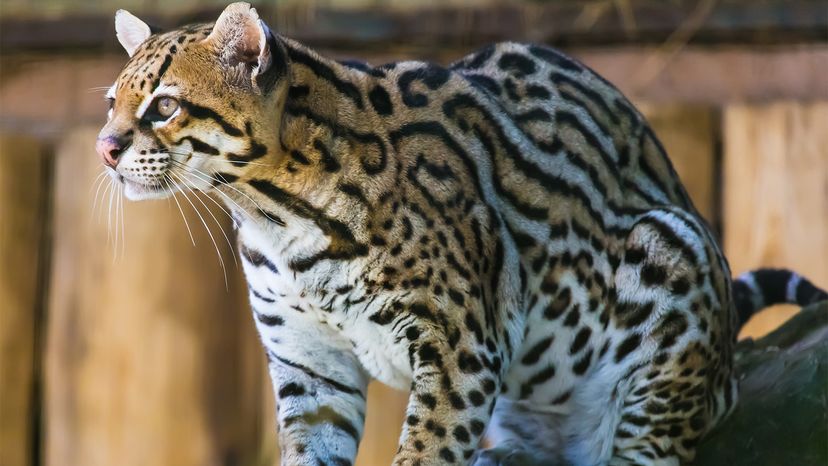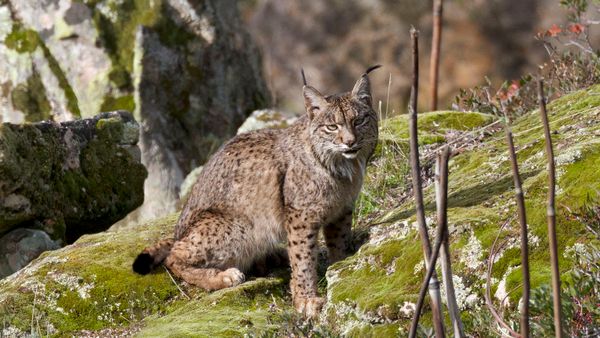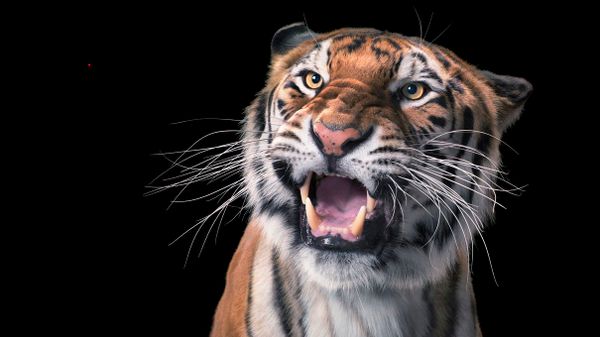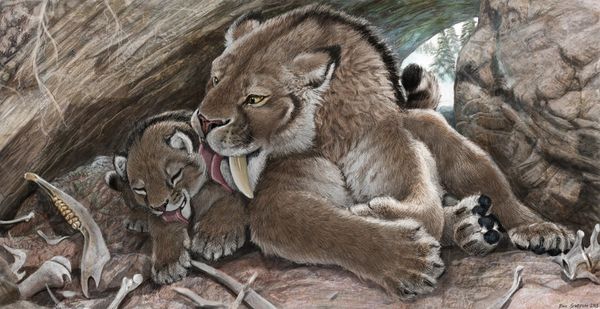"The IUCN maintains a list, known as the Red List, which is a globally accepted standard for imperiled species classification," Wilcox says. "Ocelots are currently listed on the IUCN's Red List as a species of 'least concern.' However, the population trend is noted as 'decreasing.' This listing of 'least concern' is largely because they face a relatively low extinction risk compared with other cat species that are assessed as 'threatened' or 'near threatened' and does not reflect the status of the species in different parts of its range."
So, while the designation of "least concern" makes it sound like the ocelot is thriving, that conclusion is far from true. "Ocelots are listed by IUCN as 'least concern' because there are sufficient numbers of wild ocelots (1 to 3 million), primarily located in Central and South America," says Susan Bass, director of public relations at Big Cat Rescue, one of the world's largest accredited sanctuaries in the world dedicated to abused and abandoned big cats. "Their numbers have rebounded in the last few decades now that their fur is no longer used for fur coats. For comparison, tigers are considered 'endangered,' the highest IUCN level, because there are only about 4,000 left in the wild."
Indeed, the ocelot isn't deemed to be in as much immediate danger as these other animals, possibly thanks in part to the conservation efforts of the last few decades. In the 1960s and 1970s, the ocelot was considered the spotted cat most heavily exploited by the fur trade — it's estimated hundreds of thousands of pelts were sold during this time period. But thankfully, in 1989, import bans on all spotted cats significantly slowed the industry down and spared the lives of countless cats.
"Overall the ocelot species is classed as 'least concern' because of their large range," says Pat Bumstead, director of the International Society for Endangered Cats. "They occur from northern Mexico to Argentina and are found in every country in between. Due to this huge range, their population is thought to be large enough to support itself for future generations."
But again, "least concern" doesn't equate to "safe from extinction." "I suspect the factors informing the 'less endangered' are complex, but really boil down to the fact that smaller cats are vastly under-studied compared to their larger cousins," Wilcox says. "Larger cats also typically require more space, a broader prey base, and they are more likely to find themselves in conflict with humans — all of which can lead significant pressures on their population. Bans on ocelot pelts did give the species a bump — although recent poaching for eastern medicine is now impacting some species of cat in the western hemisphere."
Today, international trade of the ocelot is banned and the species is protected in most countries, including Argentina, Brazil, Bolivia, Colombia, Costa Rica, French Guiana, Guatemala, Honduras, Mexico, Nicaragua, Panama, Paraguay, Suriname, Trinidad and Tobago, the United States, Uruguay, and Venezuela (hunting is permitted but regulated in Peru). The species as a whole may not be considered in immediate danger of extinction, but specific populations in Colombia, Argentina and areas of Brazil outside the Amazon basin are considered vulnerable, and Mexico's ocelot population is listed as endangered too. According to Wilcox, the current protections only do so much as "most cat species are vulnerable if not currently at risk."



